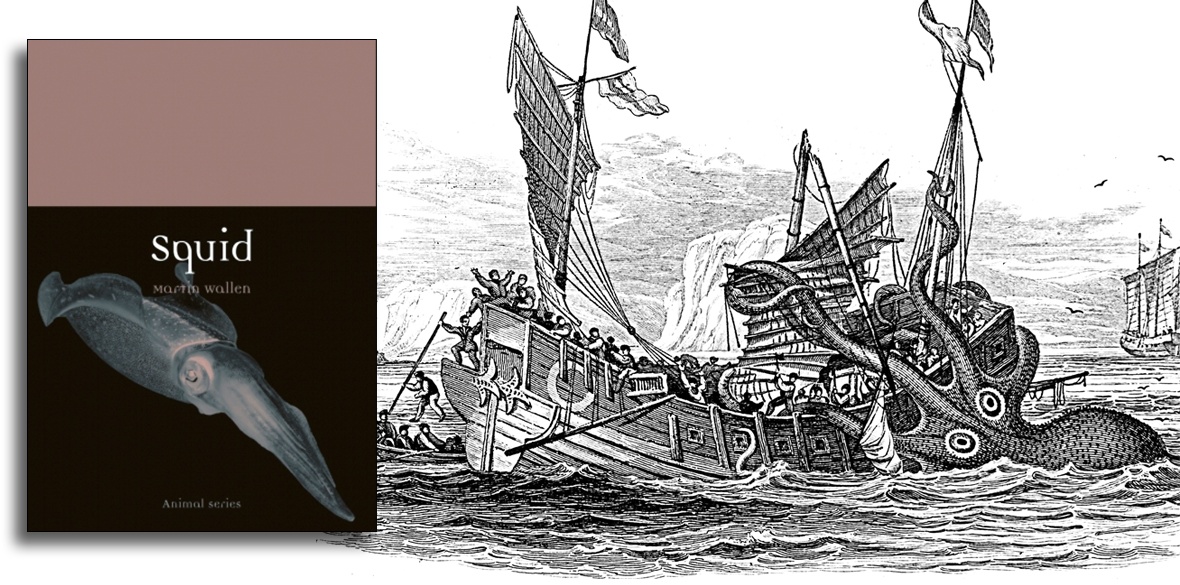This is the last article you can read this month
You can read more article this month
You can read more articles this month
Sorry your limit is up for this month
Reset on:
Please help support the Morning Star by subscribing here
REAKTION Books has carved out a niche in the market with its fascinating animal series. Since launching some 20 years ago, it’s applied a natural sciences and humanities approach to explore everything from elephants to ants, looking at how the species have been impacted by humans around the world. It’s a method that’s continued by Martin Wallen in Squid.
He brings an academic lens to the subject, tracing the deep-sea terror of kraken mythology through to the contemporary scientific understanding of the cephalopod, two perspectives brought together by an exploration of how they’re represented in art and literature.
Supported by intriguing titbits of information about their biology, Wallen frequently stresses the “unknowability” of squid to science — their oesophagus passes through their brain, their movement and vision are simultaneous kinetically and their eating habits are fearsome — they “prey on almost anything that does not eat them first.” This unknowability inspires fear in the way they could prosper at the expense of humans.
Unlike many animals, their brief lifespan means they’re well equipped to adapt to new habitats and they are also able to thrive under the climate crisis and exploit the changing seas to take advantage of decimated populations of other creatures.
This hasn’t stopped scientists turning to them for possible solutions to human problems, be that as a source of food or as potential resources in cancer treatment.
Wallen argues that these alien qualities gave rise to the myths, largely originated from fishermen, that surround squid. Those fishermen, who now aid scientists with the information they provide about population data, in the past helped to promote the idea that cephalopods were big enough to be mistaken for islands, or that they had six heads.
It’s a narrative of terror that’s countered by their depiction in many non-Western cultures, with Polynesians regarding them as “sinuous creators of life and art.”
Some of these myths are explored in more detail in the final section, which focuses on anxiety as depicted in culture and, in the most readable chapter, Wallen traces the kraken’s transformation into the more recognisable squid through art and literature.
His exhaustive bibliography spans Coleridge’s The Rime of the Ancient Mariner through to John Wyndham’s The Kraken Wakes and Arthur Rackham’s illustrations. These take into account the growing awareness of environmental destruction and how squid are a bellwether species.
The myths and scientific facts are fully referenced and, as always with the series, the book is beautifully produced with numerous full-colour illustrations.
Yet while it has some engrossing insights, the text often plods. Pitched slightly below academia and several steps up from popular science, it’s hard to read from start to finish due to its dry presentation.
As such, it’s probably best to browse through for points of particular personal interest.
Published by Reaktion Books, £12.95.









